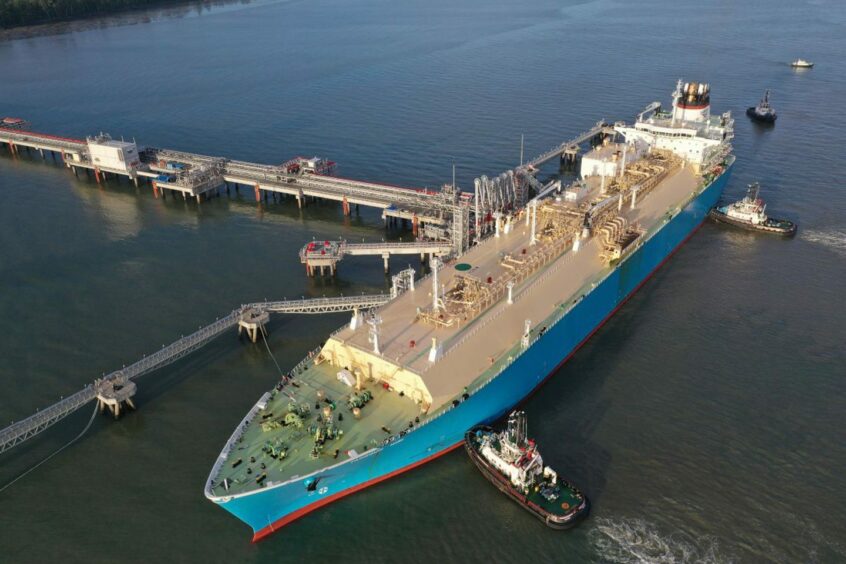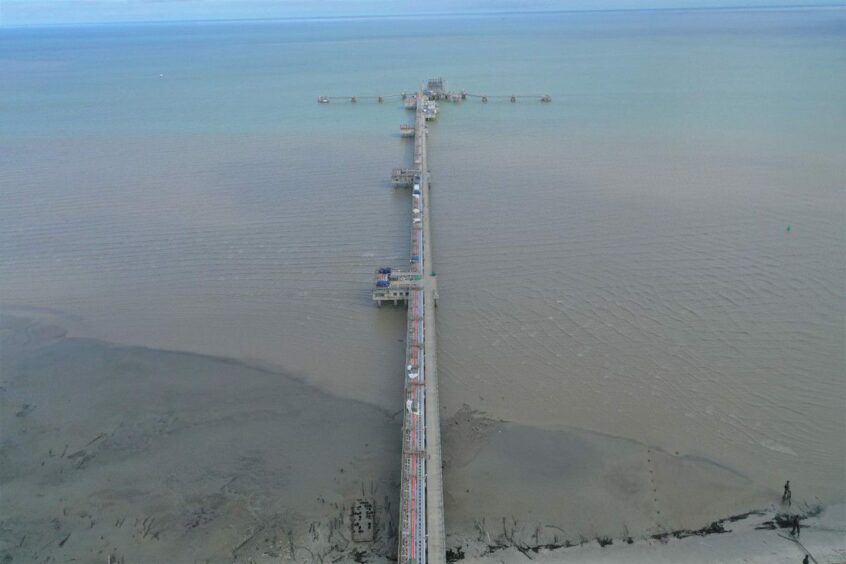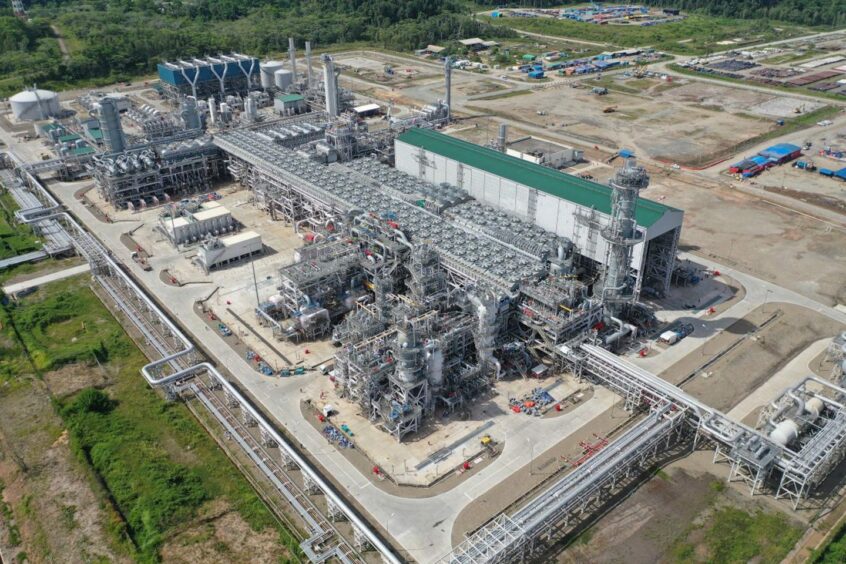
Saipem (BIT: SPM) and partners handed over new facilities at Tangguh to BP (LON:BP) on August 1, the builder announced.
The work covers a third train at the plant, with capacity of 3.8 million tonnes per year. This will bring, the project to 11.4mn tpy.
The engineering, procurement and construction (EPC) contract also covered an onshore receiving terminal, a 1-km long LNG jetty, an LNG and condensate loading berth and other utilities.
Saipem worked with Tripatra and Chiyoda Corp. (JPX:6366) on the construction in Tangguh West Papua.
Indonesia regulator SKK Migas said gas from the Wiriagar Deep A well had reached the Tangguh Train 3 on August 16. The agency said the facility would produce first LNG in September.
Saipem said there were “several technical challenges” to the work, in addition to building during COVID-19. The site is remote, making logistics tough, around 3,000 km from Java Island.
At peak, construction involved more than 14,000 people, with 200 subcontractors and vendors. To support the works, the builders used around 110 vessels and barges to move equipment from the marshalling yards at Java.
Saipem also said the construction had taken more than 129 million hours without a lost time injury. This, it said, was a new record.
Long road to LNG
BP took final investment decision (FID) on the third train in July 2016.
Of note for this third train is that 75% of its production will go to meeting demand within Indonesia, under a contract with electricity company PLN. Japan’s Kansai Electric Power Co. is buying the remaining 25%.
BP, in its second quarter results, said it expected two project starts in the second half. The Tangguh train was one, the other is the North Sea’s Seagull.
CEO Bernard Looney acknowledged that the project was late, but “it’s probably a little earlier than we had anticipated. For those of you interested in big pipelines, which we count ourselves. There is a 80-inch pipeline. Can you imagine an 80 inch? Yeah, it’s 74 and an 80 inch or something like that. Extraordinary.”

 © Supplied by Saipem
© Supplied by Saipem © Supplied by Saipem
© Supplied by Saipem